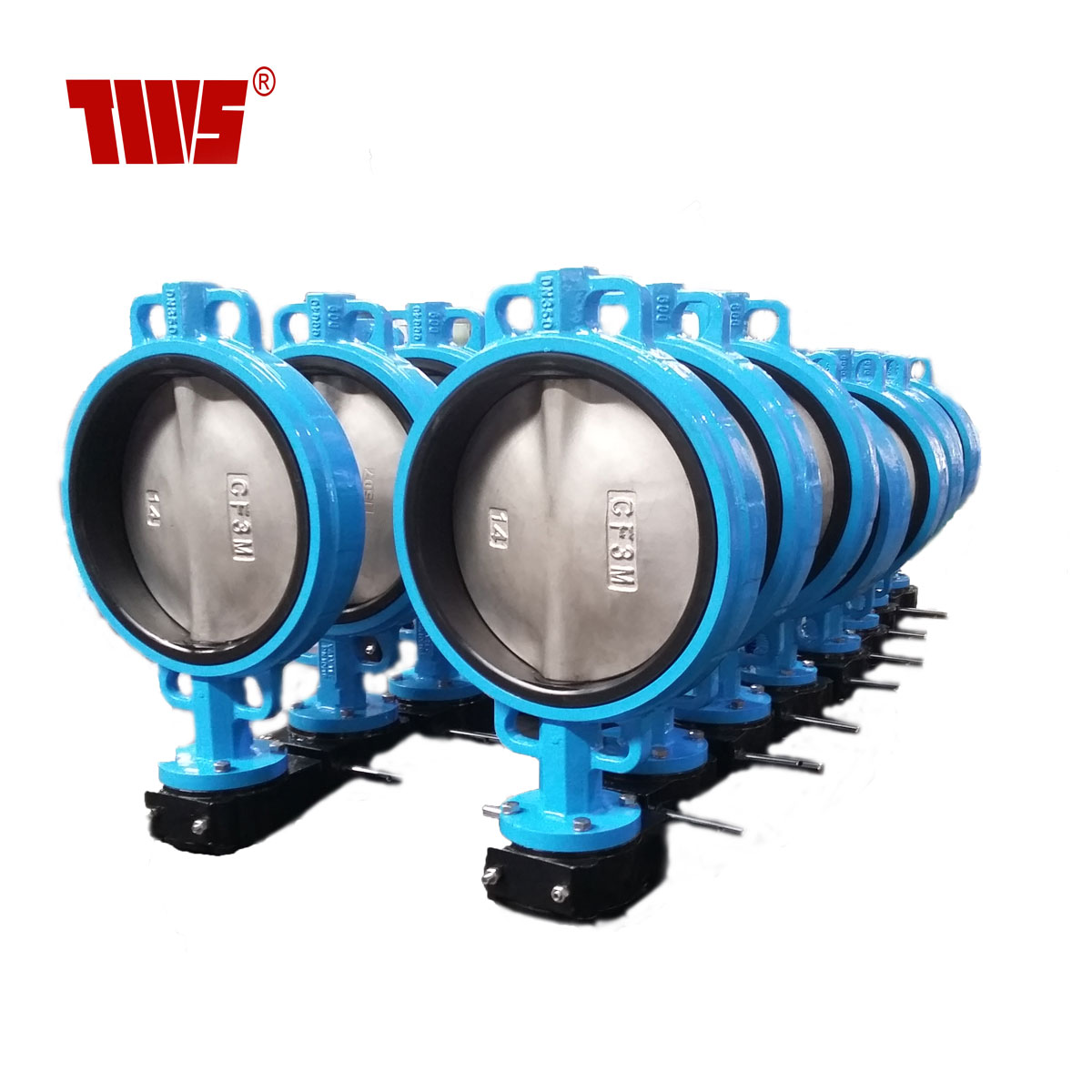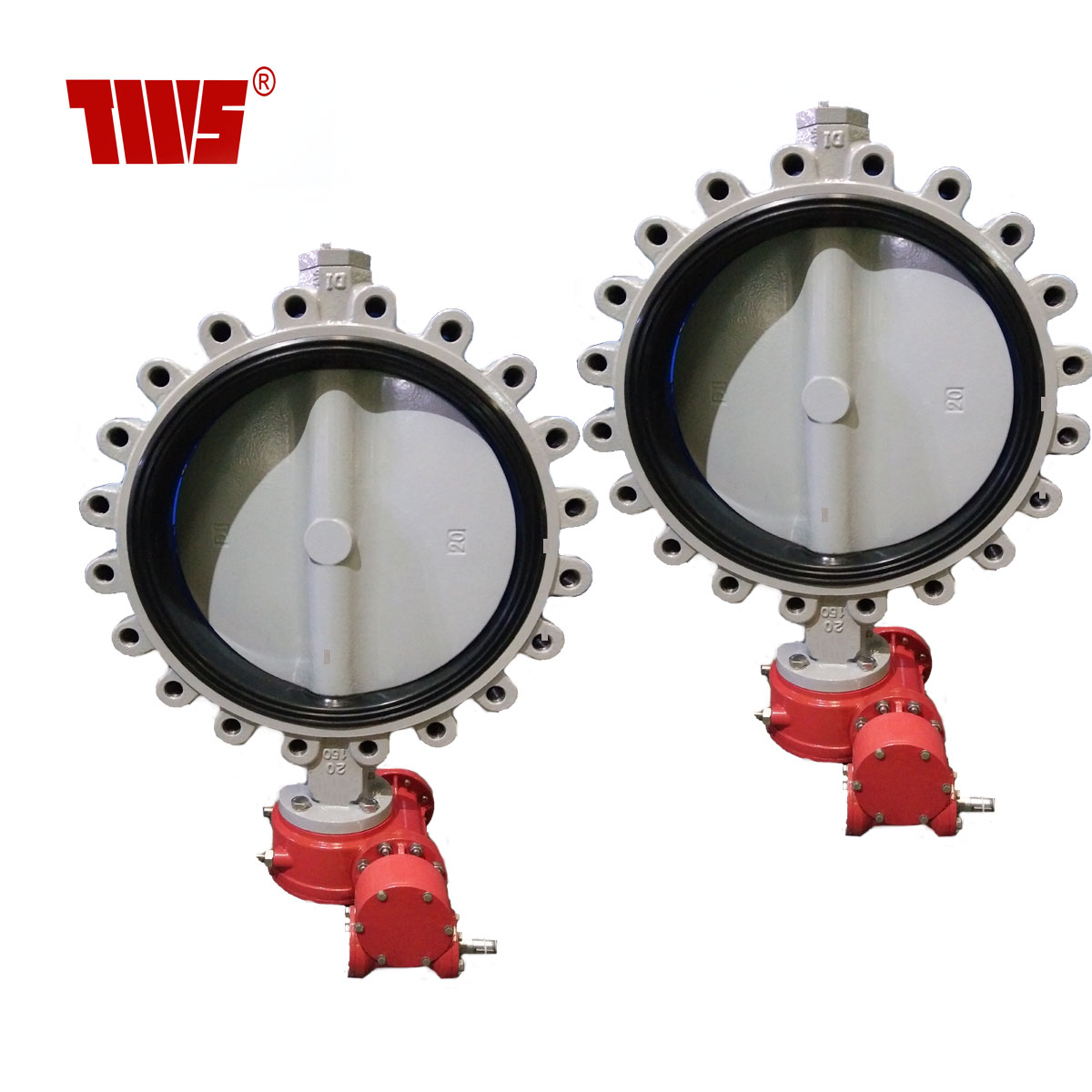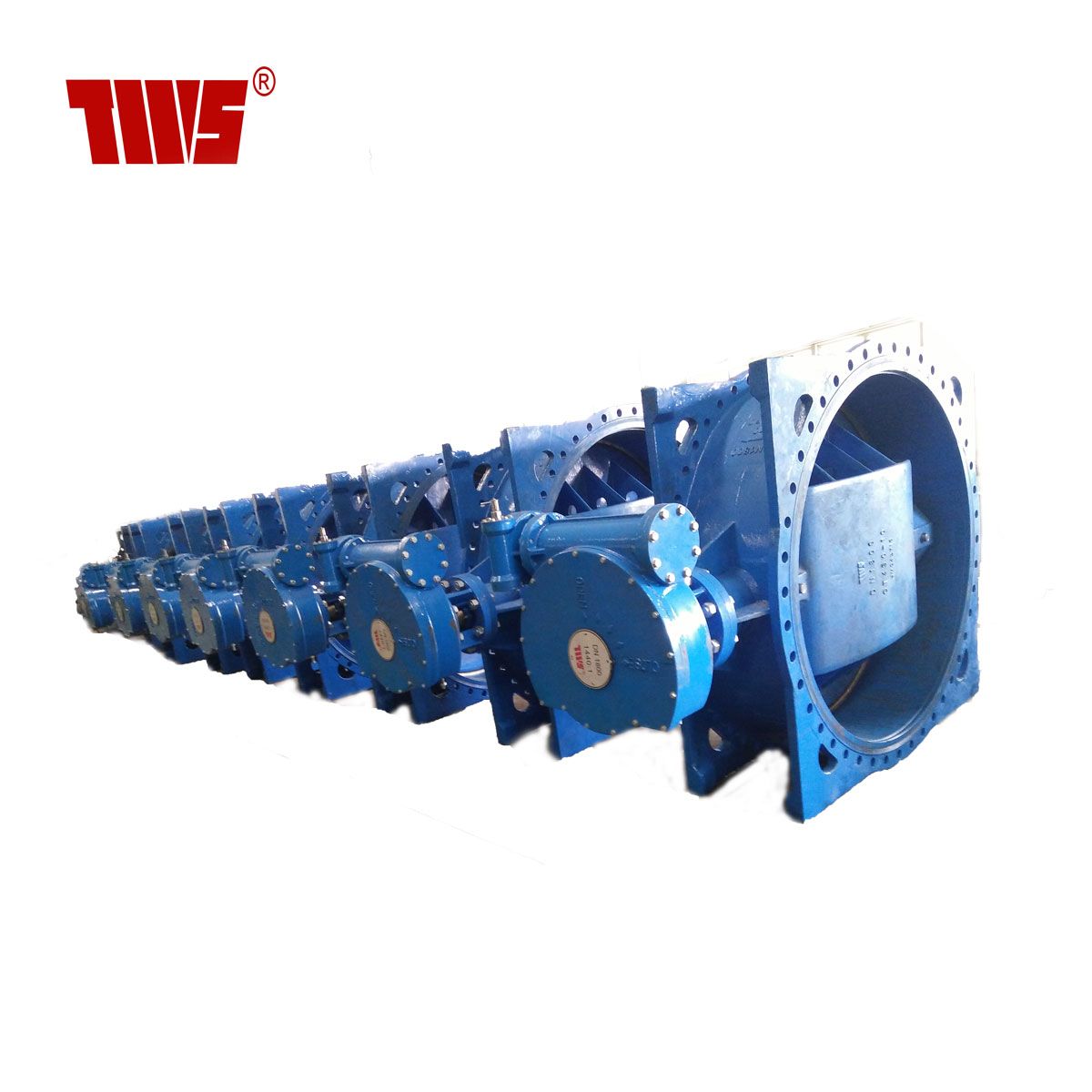Introduction:
A butterfly valve is from a family of valves called quarter-turn valves. In operation, the valve is fully open or closed when the disc is rotated a quarter turn. The “butterfly” is a metal disc mounted on a rod. When the valve is closed, the disc is turned so that it completely blocks off the passageway. When the valve is fully open, the disc is rotated a quarter turn so that it allows an almost unrestricted passage of the fluid. The valve may also be opened incrementally to throttle flow.
There are different kinds of butterfly valves, each adapted for different pressures and different usage. The zero-offset butterfly valve, which uses the flexibility of rubber, has the lowest pressure rating. The high-performance double offset butterfly valve, used in slightly higher-pressure systems, is offset from the centre line of the disc seat and body seal (offset one), and the centre line of the bore (offset two). This creates a cam action during operation to lift the seat out of the seal resulting in less friction than is created in the zero offset design and decreases its tendency to wear. The valve best suited for high-pressure systems is the triple offset butterfly valve. In this valve the disc seat contact axis is offset, which acts to virtually eliminate sliding contact between disc and seat. In the case of triple offset valves the seat is made of metal so that it can be machined such as to achieve a bubble tight shut-off when in contact with the disc.
Types
- Concentric butterfly valves – this type of valve has a resilient rubber seat with a metal disc.
- Doubly-eccentric butterfly valves (high-performance butterfly valves or double-offset butterfly valves) – different type of materials is used for seat and disc.
- Triply-eccentric butterfly valves (triple-offset butterfly valves) – the seats are either laminated or solid metal seat design.
Wafer-style butterfly valves
The wafer style butterfly valve is designed to maintain a seal against bi-directional pressure differential to prevent any backflow in systems designed for unidirectional flow. It accomplishes this with a tightly fitting seal; i.e., gasket, o-ring, precision machined, and a flat valve face on the upstream and downstream sides of the valve.
Lug-style butterfly valve
Lug-style valves have threaded inserts at both sides of the valve body. This allows them to be installed into a system using two sets of bolts and no nuts. The valve is installed between two flanges using a separate set of bolts for each flange. This setup permits either side of the piping system to be disconnected without disturbing the other side.
A lug-style butterfly valve used in dead end service generally has a reduced pressure rating. For example, a lug-style butterfly valve mounted between two flanges has a 1,000 kPa (150 psi) pressure rating. The same valve mounted with one flange, in dead end service, has a 520 kPa (75 psi) rating. Lugged valves are extremely resistant to chemicals and solvents and can handle temperatures up to 200 °C, which makes it a versatile solution.
Use in industry
In the pharmaceutical, chemical, and food industries, a butterfly valve is used to interrupt product flow (solid, liquid, gas) within the process. The valves used in these industries are usually manufactured according cGMP guidelines (current good manufacturing practise). Butterfly valves generally replaced ball valves in many industries, particularly petroleum, due to lower cost and ease of installation, but pipelines containing butterfly valves cannot be ’pigged’ for cleaning.
Images


Post time: Jan-20-2018






